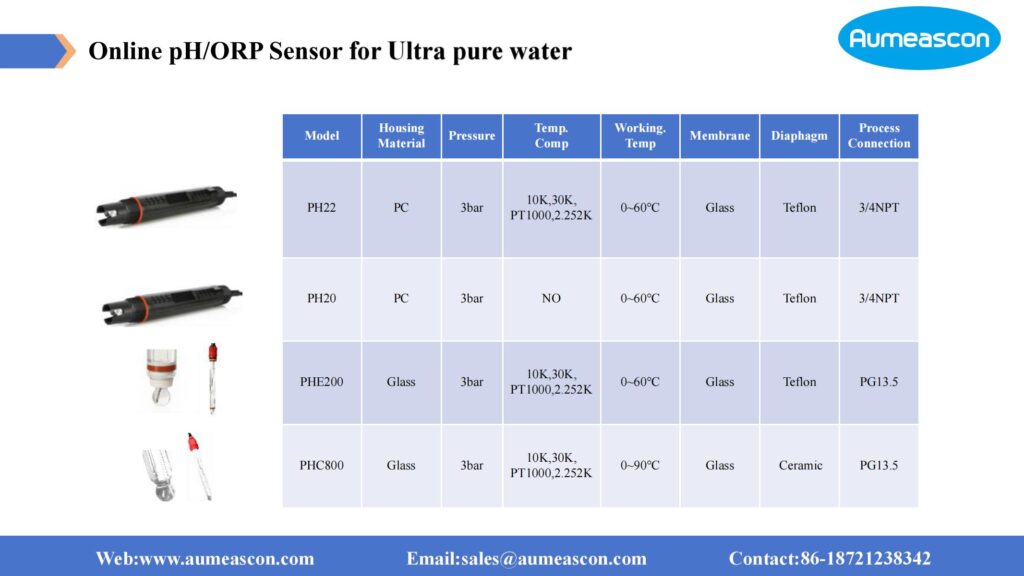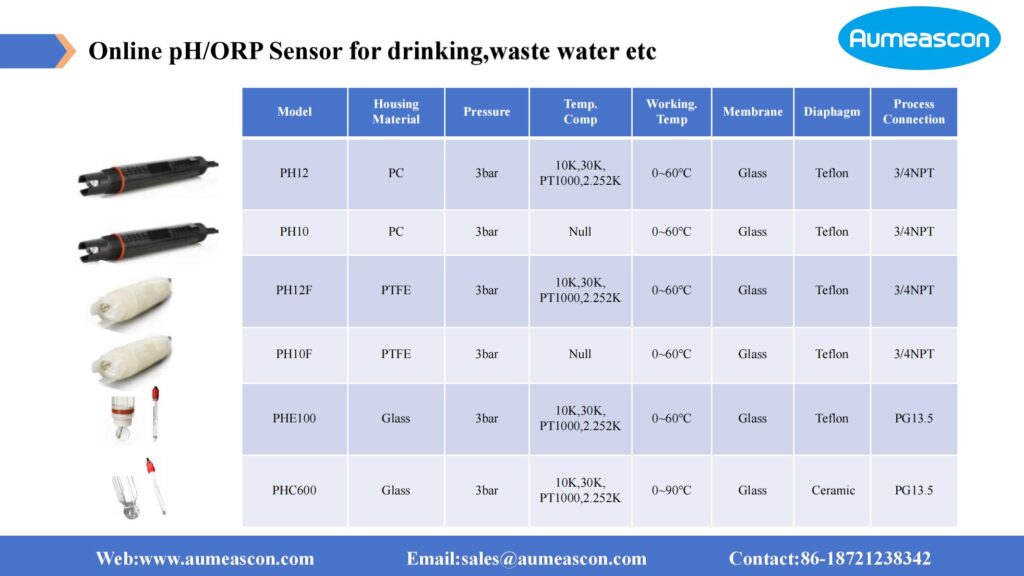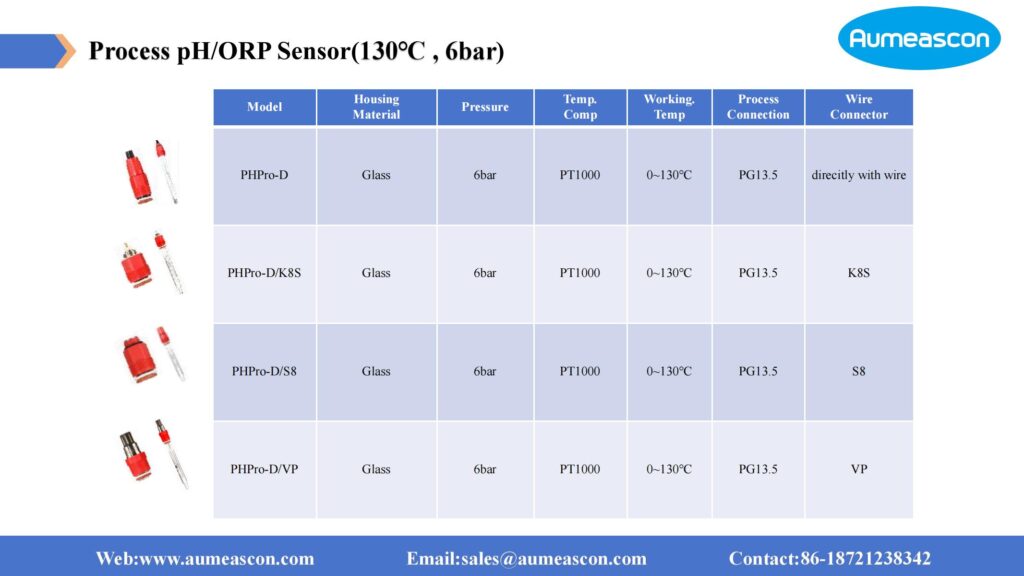
The difference between pH and ORP
While talking about the quality of water there are two terms used for measurement, namely, pH and oxidation-reduction potential (ORP). Often these two terms are mistaken to be interchangeable or sometimes just the same. Several people fail to understand the difference between pH and ORP measurement. Although these two terms hold a few similarities, these terms are different in specific manners. Do you know what the difference between pH measurement and ORP measurement is? Are you well versed with the terms and measurement devices of pH and ORP? If now, then this post is for you. This post discusses pH and ORP individually along with their measurement devices and techniques.
An Overview of pH
The pH is the measuring scale that is used to determine the basicity or acidity of an aqueous solution. This basically indicates the nature of water in terms of acidity or alkalinity. The pH ration is a direct representation of the ration of hydrogen (H+) and hydroxyl (OH-) ions in the solution. The pH scale ranges from 0 to 14 out of which 7 is the neutral scale. If the pH value is lower than 7, it is said to be acidic in nature, on the other hand, higher than 7 pH means it is basic in nature. The pH scale is a color-gradient measurement scale that indicates a specific color for a specific pH level for easy measurement.

The Process of pH Measurement
The pH level measurement is performed by using a pH meter. Since pH is directly proportional to the exchange of positive H+ ions and negative OH- ions, the pH meter check for gain or loss of H+ and OH- ions. As water’s or an aqueous solution’s pH drops or raises, this indicates loss or gain of H+ or OH- ions tenfold.
The pH meter is an algorithmic scale that checks for the concentration of H+ and OH- ions. If the concentration of H+ ions is higher than OH- ions then the pH is <7 that implies acidic and vice versa. The pH meter indicates a drop in pH by 1 scale, this means the solution has gained tenfold of H+ ions and vice versa.
In water technology, pH measurement is used to predict if there is a possibility of phosphorous, chemical, metallic, etc contamination in water. This helps in ensuring if the water is suitable for domestic, commercial applications and for marine life.

An Overview of ORP
ORP stands for the oxidation-reduction potential of water. It is also known as redox potential. This means ORP is the measure of checking if water has higher oxidizing or reducing potential. The ORP or redox potential of water is tested by using an ORP meter or a redox meter. The ORP meter basically tests the gain or loss of oxygen in the water. Let us discuss how the ORP meter measures ORP value.
The Process of ORP Measurement
The ORP meter consists of an electrode, which functions as a probe or a sensor to check the redox potential of water. As oxygen molecules in the water are continuously under ion transfer which leads to oxidation or reduction. The electrode in the redox meter acts as a donor or acceptor on contrary to the quality of water. If the water possesses oxidation properties, then the electron becomes a donor or vice versa. When the oxygen transfer taking place, the electromotive force generates due to potential difference. This electromotive force varies based on the frequency of ion exchange. The differential electromotive is then measured by an aqua-logger and is displayed by the ORP meter in mV value.
The importance of ORP measurement is essential in water technology as it is known as a measure of the healthiness of the water. As water can be easily contaminated, it is essential to be tested for ORP levels. Healthy water has oxidizing agents that produce aerated water, which shows positive ORP values. Chemically contaminated water may possess sodium, lead, chlorine, contamination which makes it reducing water, which might give the harmful effect of free radicals.

Note: Even though pH and ORP are two different factors, it is important to note that pH is not impacted by ORP but ORP is impacted by pH value and chemical contamination of water.
